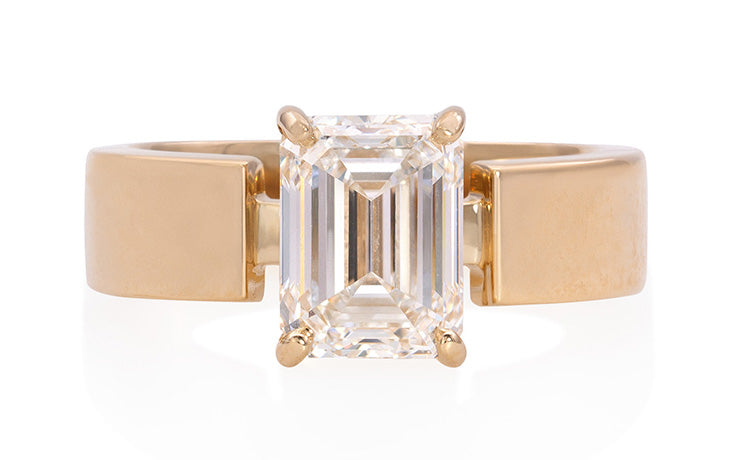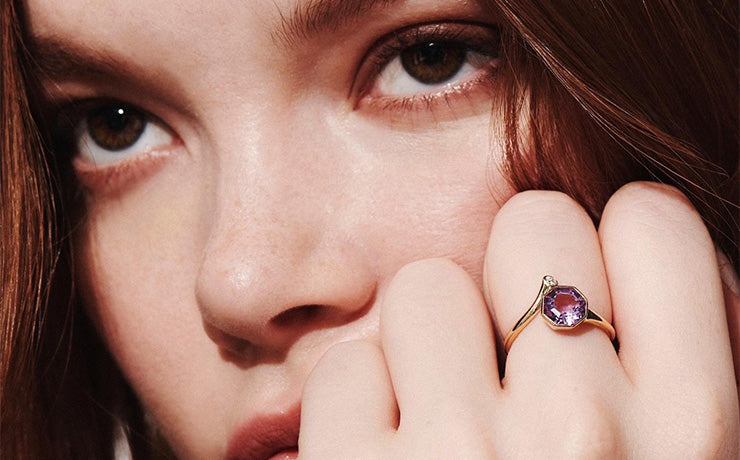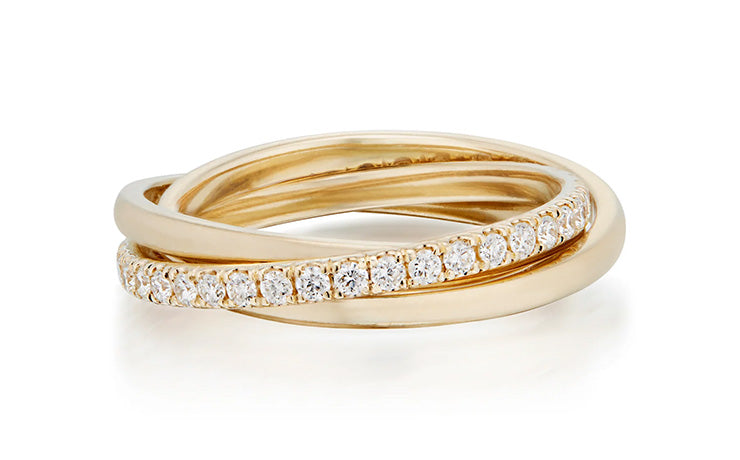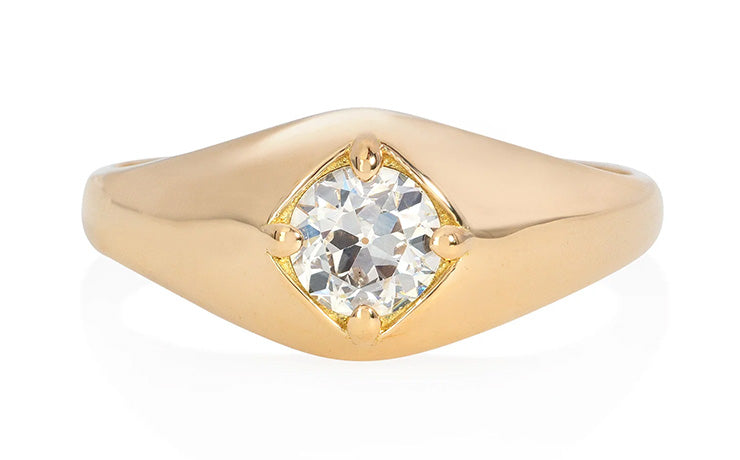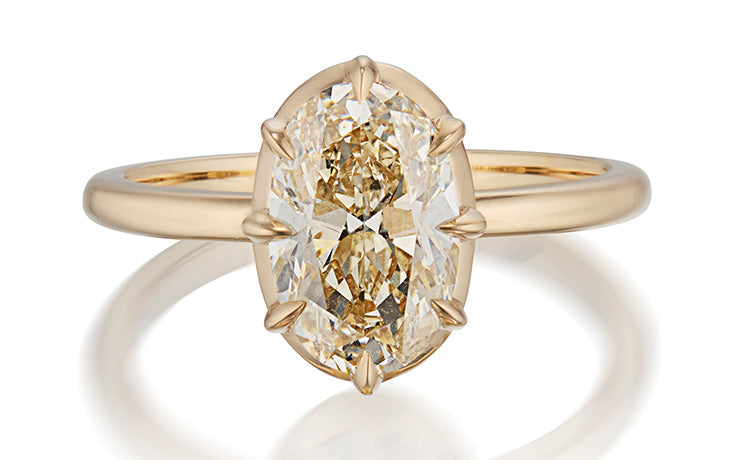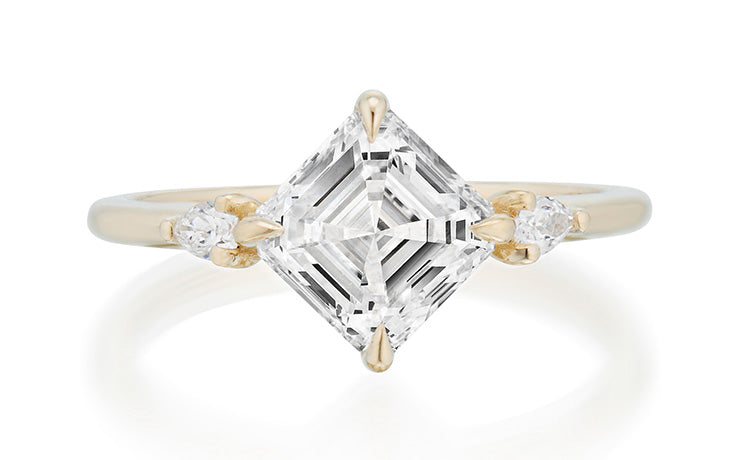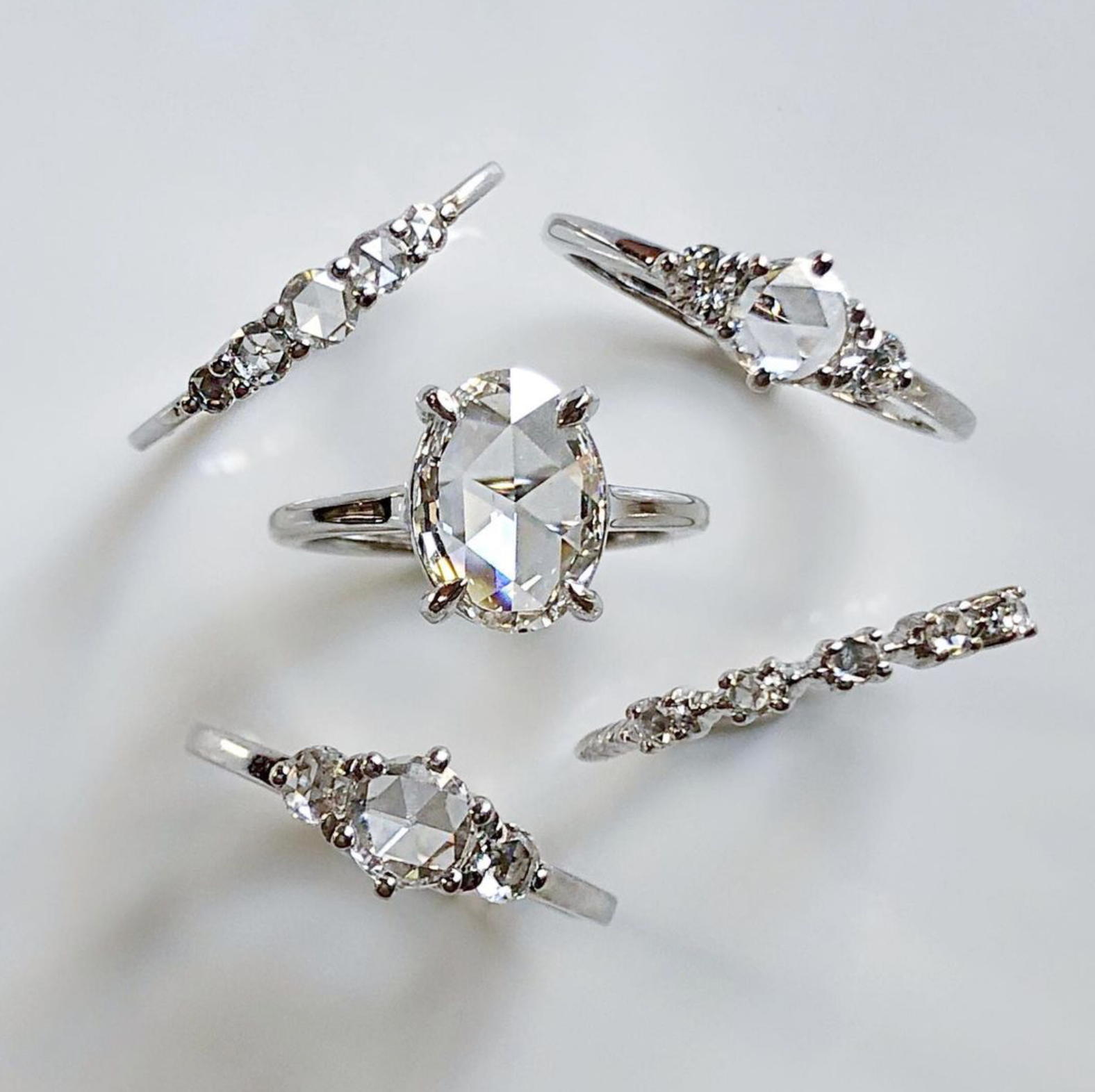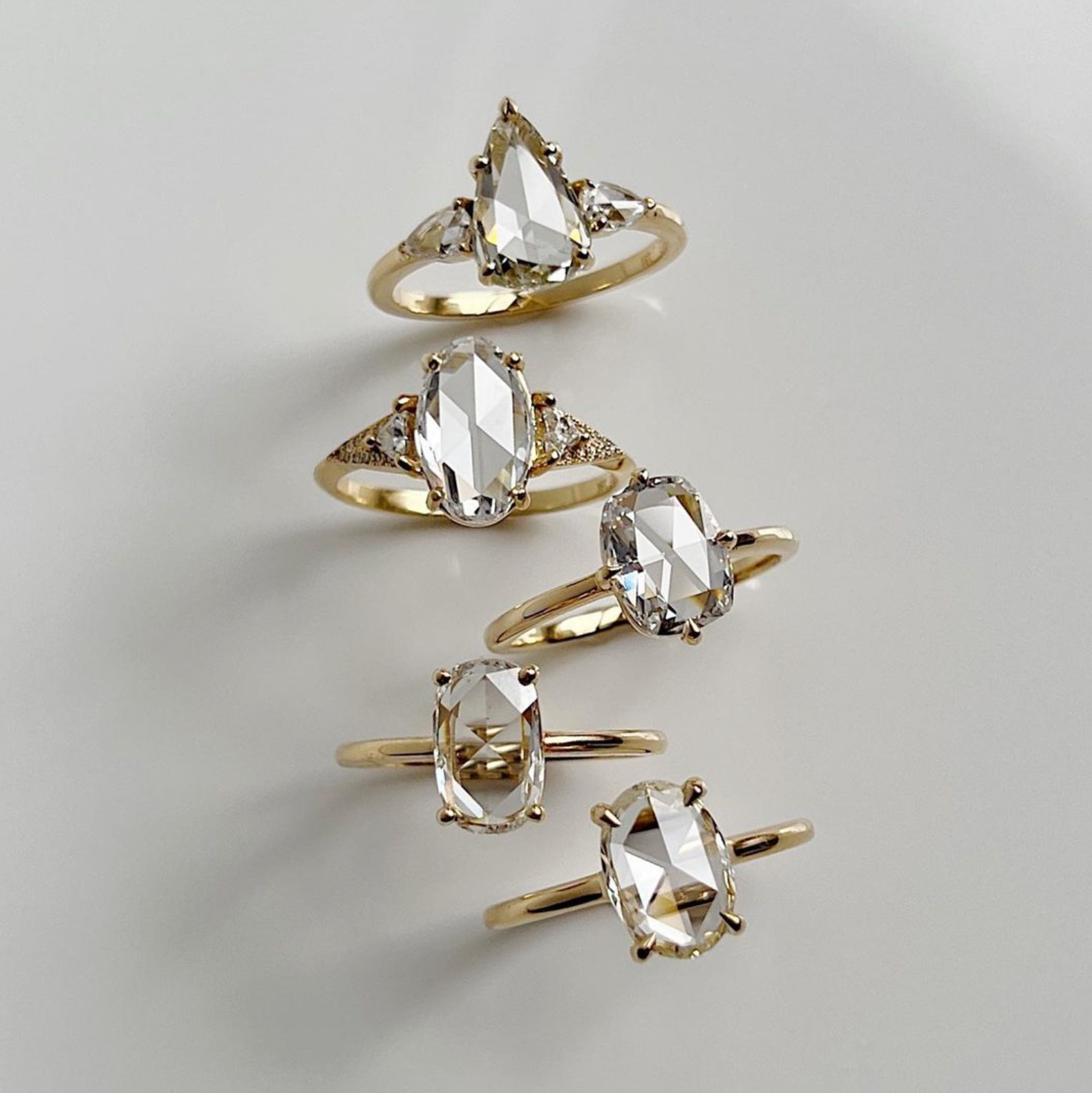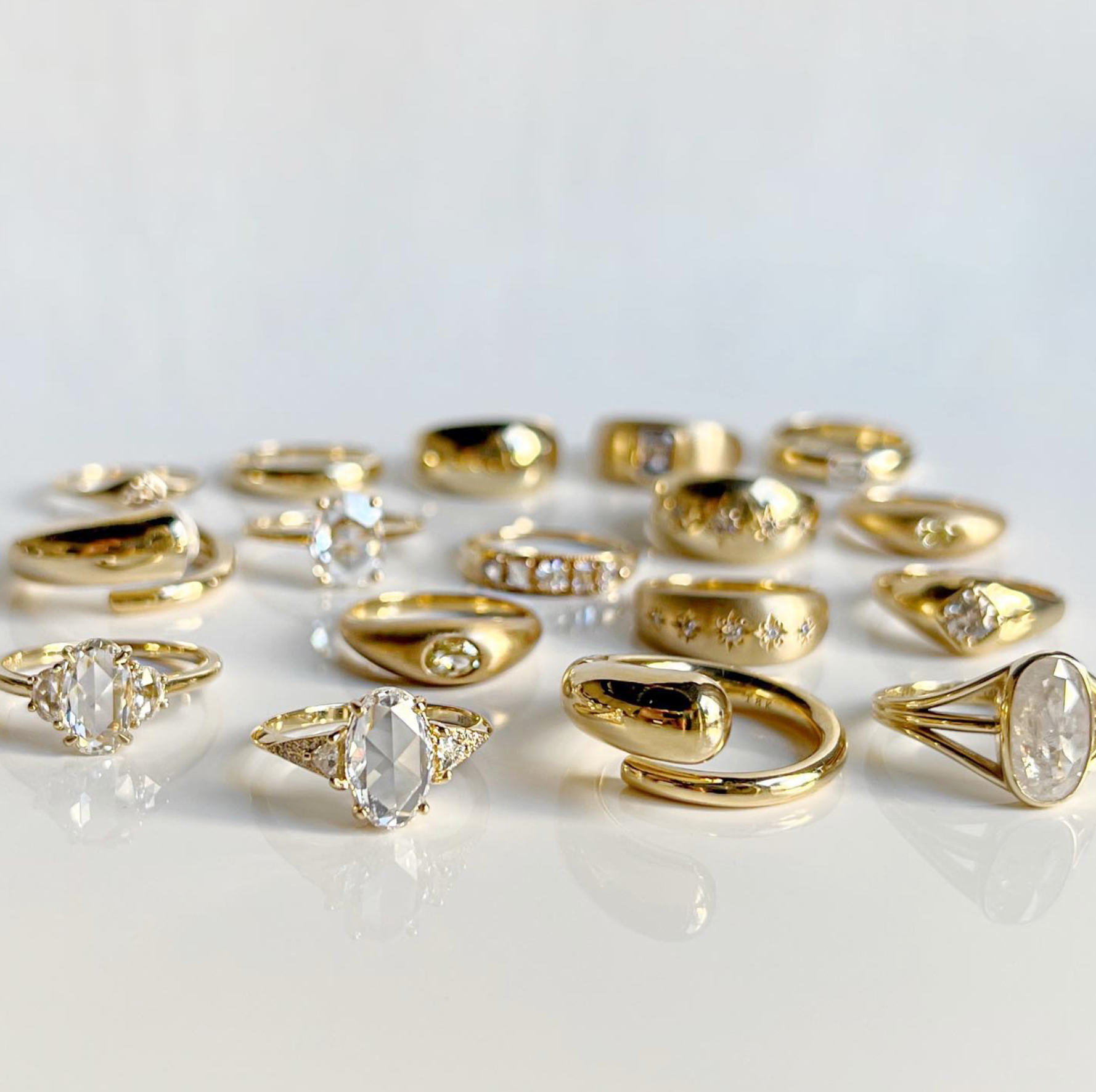
Understanding Gold Karat: Purity, Types, and Best Uses for Your Jewelry
What is Gold Karat?
Gold karat (sometimes spelled "carat" in some regions such as Australia) measures the purity of gold within an alloy.
It’s important to note that the spelling “karat” can only refer to gold purity while the spelling “carat” which can be used interchangeably in certain parts of the world to refer to diamond weight as well as gold purity.
Essentially, it indicates the proportion of gold in a piece of jewelry or other gold-containing items.The higher the karat, the purer the gold. Pure gold is designated as 24K, representing 99.9% gold content.
Why Pure Gold Isn’t Ideal for Jewelry
Despite its value, pure gold is too soft for practical use in jewelry. Its malleable nature makes it prone to scratching, warping, and other forms of damage. Additionally, if a stone is set in 24K gold, it is likely to become loose or dislodge after only minimal wear due to the metal’s softness and malleability.
To enhance its durability and functionality, gold is alloyed with other metals like copper, silver, or zinc.
Common Gold Karatages and Their Gold Content
Here’s a breakdown of the most common gold karatages and their corresponding gold content percentages:
- 24K Gold: 99.9% pure gold. Known for its brilliant yellow color, it’s primarily used in investment coins and bullion due to its softness. Sometimes this is called “four-nines” gold because it can be designated as 99.99%. Due to the mining and manufacturing process, it is nearly impossible to produce 100% pure gold.
- 22K Gold: 91.7% pure gold. Slightly harder than 24K gold, it is suitable for high-end jewelry and has a rich, deep yellow hue.
- 18K Gold: 75% pure gold. A popular choice for fine jewelry, balancing purity with durability, available in yellow, white, and rose gold.
- 15K Gold: 62.5% pure gold. Often found in antique jewelry from the UK but is generally seen only in jewelry dating prior to 1931 when the standard in England and the British Isles changed.
- 14K Gold: 58.5% pure gold. Durable and versatile, commonly used in everyday jewelry, available in various colors. Considered fine jewelry in the US and abroad. Available in yellow, white, and rose gold.
- 10K Gold: 41.7% pure gold. Considered a very durable karatage used in jewelry, offering good resistance to wear but with a lower gold content and less warmth in color, available in yellow, white, and rose gold.
The History of Gold Karat
The term "karat" derives from the Arabic word qīrāṭ, meaning "bean pod," and the Greek keration, referring to the carob bean used as a weight. In ancient Greece and Rome, the carob seed was used as a standard for measuring gold because individual carob seeds were consistently similar in weight.
During the Middle Ages, a system divided a weight unit called a mark into 24 carats, with each carat based on the carob seed’s weight.
Civilizations such as the Egyptians and Greeks were highly skilled in working with gold. But it wasn’t until gold was traded in the Middle East before the standard karat system emerged, according to historians.
As goldsmithing and trade evolved, so did the karat system, which facilitated fairer and more standardized trading practices across Europe and the United States. Today, with globalization and international standards, the karat system is universally recognized and applied.
Gold alloys are mixed with various metals to create different gold colors and properties.
The most common karatages used in jewelry are listed above, but other karatages may be available in certain regions or for specific purposes.
The term “karat” should not be confused with "carat" which is a measurement used to denote metric gem weight in most countries, with exception of Great Britain, Australia, Canada, who use these terms interchangeably.
Gold Colors and Alloys
Gold’s color can be altered by mixing it with different metals:
- Yellow Gold: Achieved by alloying gold with copper and silver, with deeper hues in higher karatages.
- White Gold: Created by alloying gold with palladium, zinc, nickel, or silver, often plated with rhodium for a bright finish. Rhodium plated white gold can resemble platinum.
- Rose Gold: Also known as pink gold or red gold, this warm tone results from alloying gold with copper, with more copper yielding a deeper rose hue.
Less Common Karatages
While 24K to 10K are the most popular, other karatages like 12K and 9K are used for specific purposes requiring increased durability or cost-efficiency.
Gold vermeil
(pronounced “ver-may”) is a type of gold-plated jewelry, typically layered over sterling silver and meeting strict standards for thickness and gold purity. Gold vermeil is usually manufactured by rolling a heavier layer of gold over a base metal such as brass so that the layer of gold (typically 14K) is more durable.
Evaluating the Worth of Gold Jewelry
The value of gold jewelry is primarily determined by its karatage, alongside factors such as current gold market prices, weight, craftsmanship, and gemstone inclusion. External elements like supply and demand, economic conditions, and geopolitical events also impact gold prices.
What About Investment Gold?
When you encounter fineness values like 9999, .9999, or 999.99, these are often referred to as 'four-nines' gold or 'five-nines' gold, depending on the exact purity. These designations indicate that the gold is of investment-grade purity. However, to be officially recognized as investment-grade by institutions such as the London Bullion Market Association (LBMA), a gold bar only needs to meet a minimum fineness of 995.0 parts per thousand.
The US Mint recognizes a few fine designations, sometimes with bullion’s threshold being 99.5% pure. Many gold bars, however, are crafted to exceed this standard, offering even higher purity.
Choosing the Best Karat for Your Jewelry
Higher karat gold generally means greater purity, but it may not always be the best choice for every type of jewelry. Durability for more long-wearing jewelry is a key consideration when it comes to an investment in fine jewelry.
Here’s a guide to selecting the ideal karatage:
- Necklaces: For everyday wear, 14K or 18K gold offers durability and a beautiful gold appearance. For luxurious statement pieces, 20K or 22K gold provides an opulent look but requires careful maintenance.
- Rings: 14K and 18K gold are preferred for their durability, with 18K offering a more luxurious and warmer yellow hue option.
- Bracelets: Daily wear bracelets should ideally be 14K gold for its durability, with 18K being suitable for special or statement pieces where you want the yellow color to stand out
- Earrings: Versatile 14K gold is often recommended, though higher karatages are also available for those seeking a more premium option.
Those who live a more active lifestyle may opt for 14K gold or 18K gold, as it is the most versatile and durable, compared to 20K or 22K gold, which is best for pieces that may come for occasional wear or larger pieces that might be able to handle daily wear and tear. Those with allergies may opt for higher karatages as well, as they have smaller percentages of other alloys.
Custom Gold Jewelry
Ready to create your own unique piece? Custom jewelry allows you to design a piece that perfectly reflects your style and preferences. The typical bespoke process includes:
- Design Concept: Collaborate with one of our designers to bring your vision to life.
- Stone and Material Selection: Choose the center stone, accent stones, the karatage, and other materials.
- CAD Design: Review a digital rendering of your design.
- Wax Model: Create a wax model based on the CAD design.
- Casting: Use the wax model to cast the jewelry in metal.
- Finishing: Polish and set gemstones to complete your custom piece.
Contact Vale Jewelry today to begin your bespoke jewelry journey. Select the perfect karatage diamonds, and gemstones to create a one-of-a-kind treasure that will be cherished for years to come.

